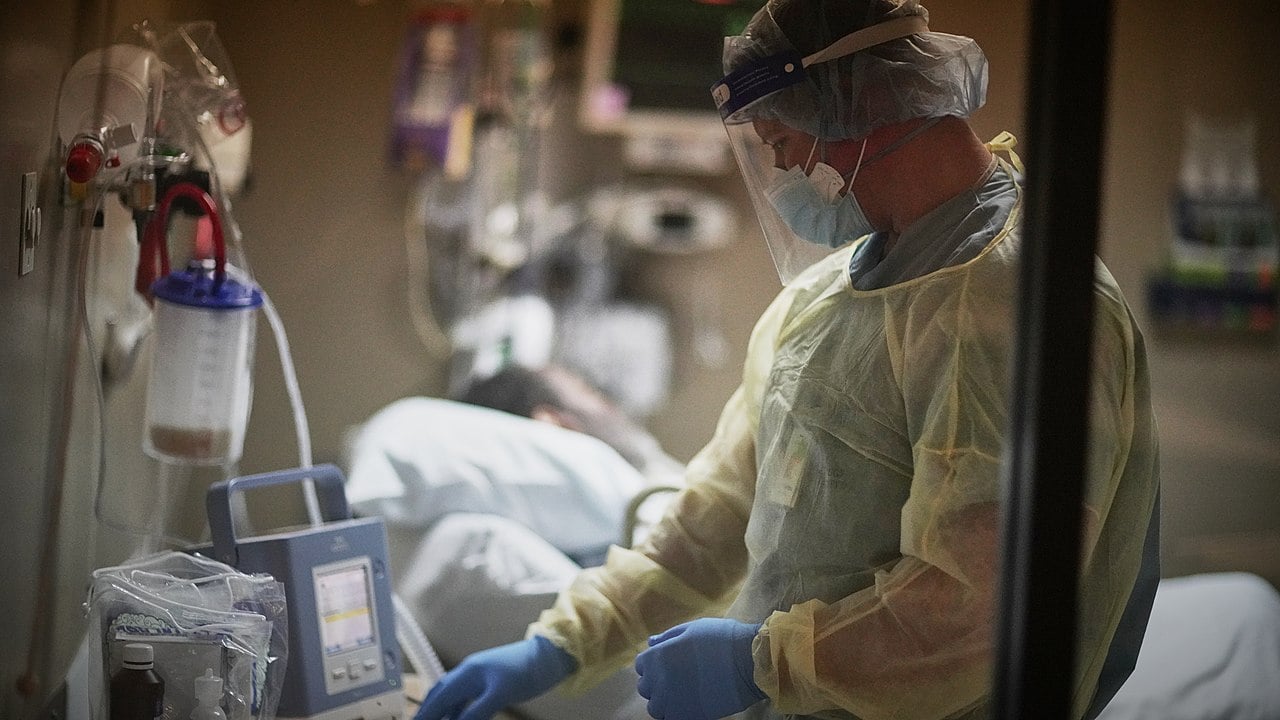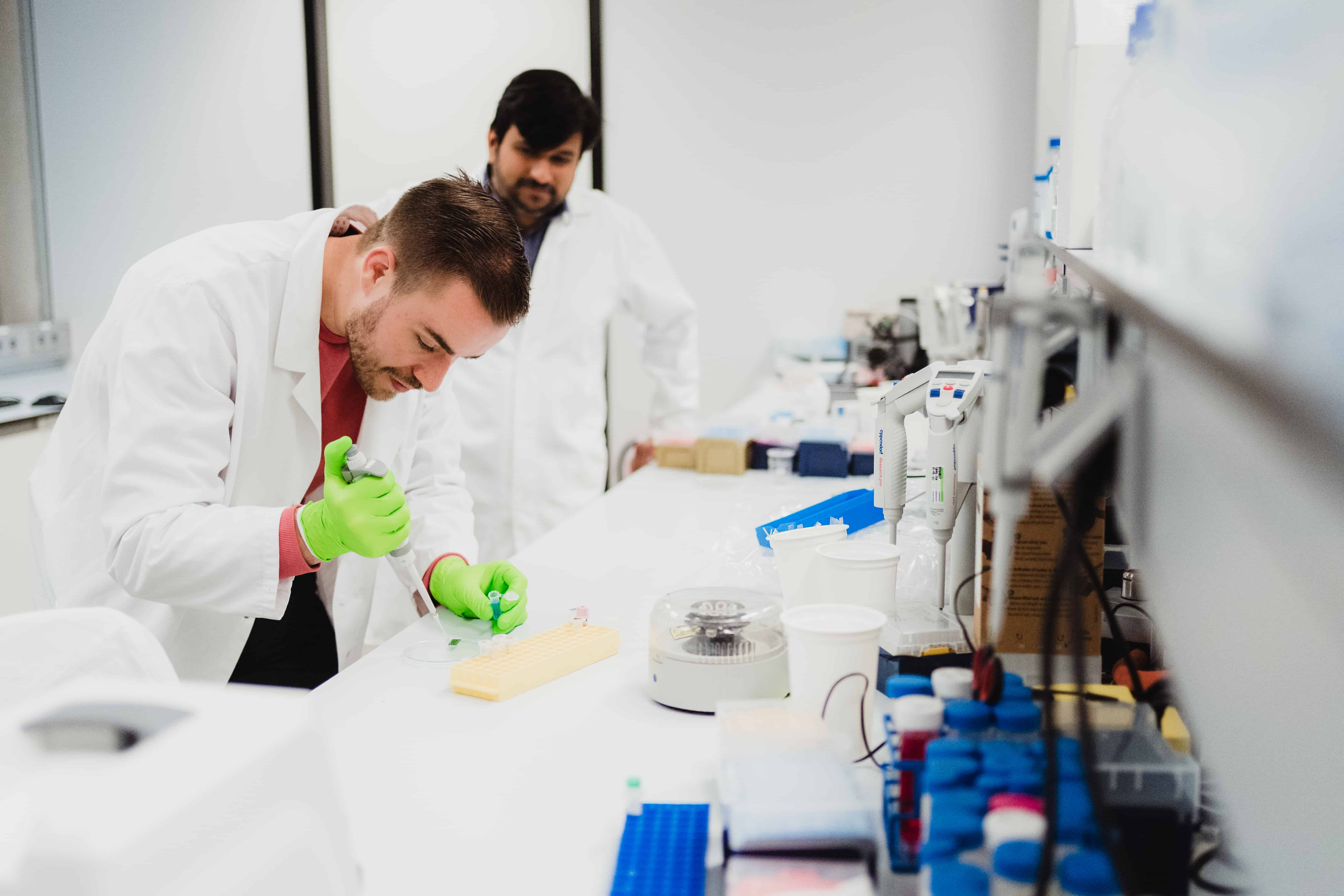
People who are seriously ill with COVID-19 often require artificial respiration. Even for long periods of time. This can eventually cause patients to have difficulty breathing on their own. At the University Greifswald Medical Center in Germany, a special therapy is currently being tested which should offer a solution to this problem.
Promising technology
“As it happens, the first patient treated in this study was a woman who had survived COVID-19 but could no longer manage to breathe on her own without a ventilator,” says Prof. Dr. Ralf Ewert. “We were able to use this new procedure to help this patient – who is over 65 years old and had been on artificial ventilation for 38 days – so that she could breathe on her own again.”
Strengthens the diaphragm
The Lungpacer® System from the Canadian medical technology company Lungpacer Medical Inc. stimulates and strengthens the diaphragm during mechanized respiration. This new technology helps eliminate reliance on ventilators. The doctors stress that Greifswald is the first hospital in Germany to participate in what is known as the RESCUE-3 study. This is aimed at testing the effectiveness of this new procedure. For now, the system is only available in Germany as a part of research trials.
Ventilators can also be harmful
Ventilators push air into the lungs using positive pressure. As a result, the main respiratory muscle, the diaphragm, no longer has to do any work. This plate, which is made up of muscles and tendons and separates the chest from the abdomen, quickly loses its strength as a result. Just like any muscle that hasn’t been used for a long time. Doctors call this a “ventilator-induced diaphragm dysfunction.”
In order to prevent this kind of dysfunction, the Lungpacer system can be easily integrated into the routine care of patients undergoing invasive mechanical ventilation.
“The Lungpacer Control Unit is a highly mobile, portable device that is used together with a catheter and connecting cable for temporary phrenic nerve stimulation of the diaphragm,” the scientists explain. “The system uses a catheter. This catheter can administer fluid and medication, as well as stimulate the diaphragm and diaphragmatic nerves so as to retrain the muscle to support breathing.”
Support us!
Innovation Origins is an independent news platform that has an unconventional revenue model. We are sponsored by companies that support our mission: to spread the story of innovation. Read more.
At Innovation Origins, you can always read our articles for free. We want to keep it that way. Have you enjoyed our articles so much that you want support our mission? Then use the button below:







